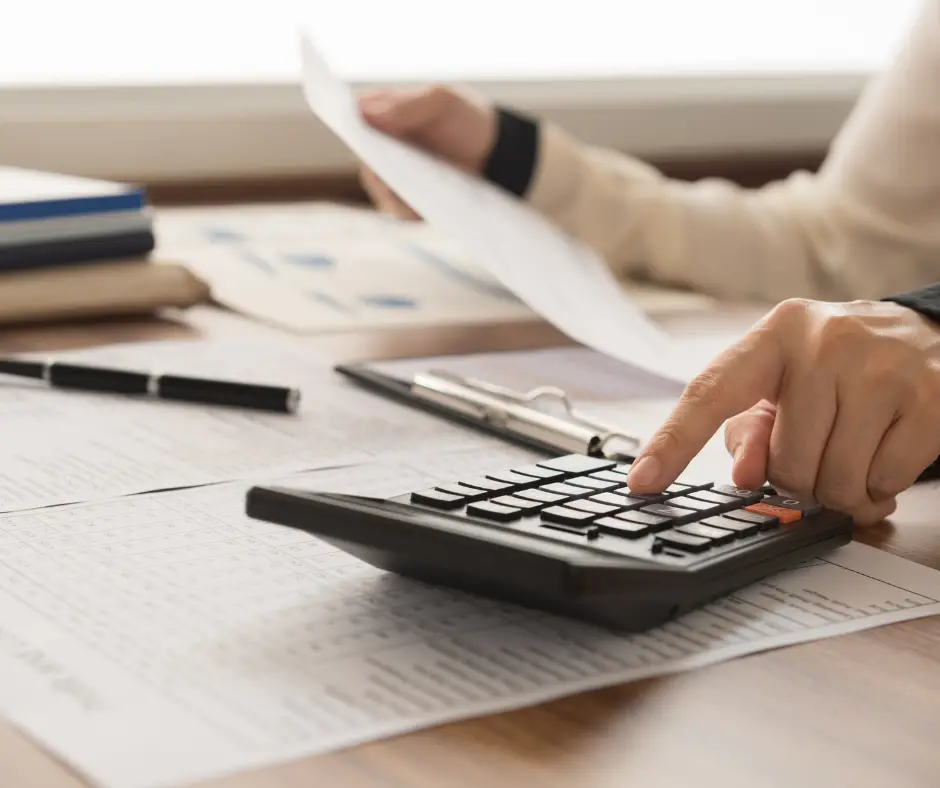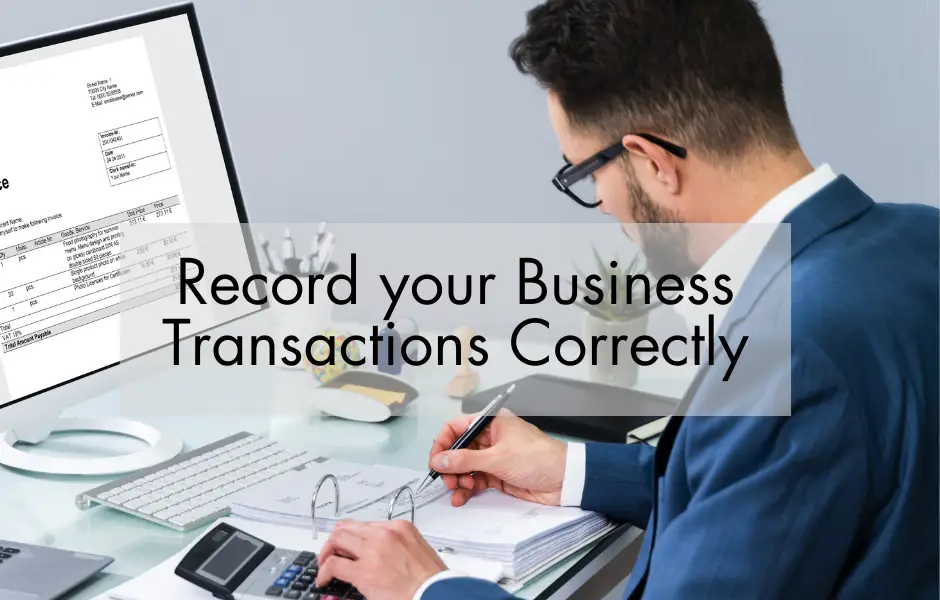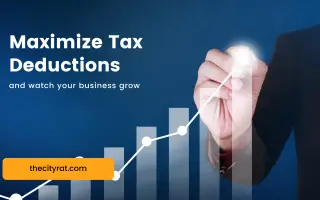Bookkeeping / No more financial jitters! Learn how to organize and record business transactions like a pro.
Whether you’ve been in business for years or you’re taking your first steps into business, one thing is for sure – having your financial records organized is like having a map for your money.
It doesn’t matter if you sell or manufacture; knowing where your money is coming from and where it is going is a must. So grab your favorite laptop or fire up your computer, because we’re about to make this entire process as smooth as enjoying your morning coffee.

Step 1: Gather what you need
You will need:
- Official receipts and purchase invoices etc.: These are your transaction records.
- Cash Receipt Journal, Cash Disbursement Journal, etc.: Your accounting canvas registered with the BIR.
- A pen with indelible ink or a keyboard: To enter these data.
Step 2: Categorize your transactions
Group your transactions into categories like sales, expenses, and purchases. This makes everything clean and tidy.
Step 3: Record everything in time
Just like you wouldn’t let your coffee go cold, don’t delay your inputs. Record transactions as they occur. Avoid erasures. If you ever need to correct an entry, draw two lines across the error and write the correct information on top.
Under Section 8 of Revenue Regulation V-1, you have seven days from the date the transaction takes place to make sure it is properly recorded.
Step 4: Double check your math
Don’t let math mistakes cause trouble. Check your calculations to ensure your books balance. It’s like making sure you add the right amount of milk to your coffee.

Step 5: Reconcile regularly
Reconcile your books with your bank statements regularly. It helps to catch any discrepancies. When you “reconcile,” you’re essentially comparing the pieces of your puzzle (your recorded transactions) to a reference image (your bank statement).
By doing this regularly, such as checking every month, you will ensure that all the parts fit together perfectly.
Step 6: Store documents securely
Keep your receipts and invoices safe. They are your proof of transactions. Financial records must be kept for ten years. (RR-17-2013)
Step 7: Consider going digital
Technology can be your best friend. Consider using simple accounting software or apps to streamline the process. It is essential to obtain approval from the Bureau of Internal Revenue (BIR) before using any accounting software or application.
Step 8: Get help if needed
Don’t be afraid to ask for help. If you’re feeling overwhelmed, consider talking to an accountant or exploring third-party services that specialize in accounting or tax compliance.
By following these steps, you have become an accounting guru. These easy-to-understand guidelines will allow you to effectively organize and document your business transactions without any hassle.




very good tips. I kept the books for our machining business for 25+ years and I kept and recorded everything. Will say Quickbooks was a godsend for me
I run a small business and all your tips are spot on. Business owners should take note.
[…] are your secret weapon in the tax planning game. Identify all the deductions you qualify for, from business expenses to charitable contributions. […]
Great guide on organizing and recording business transactions! Love the practical steps for categorizing, recording, and reconciling transactions, as well as the emphasis on digital tools. Thanks for the clear and helpful tips!
This is great advice! I need to implement some more of your tips into my business’ bookkeeping.
I’m feeling inspired to get my business bookkeeping in order after reading this article. All too often I am scrambling at the end of the year. You present a great approach to making it all easier! Thanks.
I need to put these tips to use. My book keeping is… loose… to say the least. LOL.
This is excellent. Thanks so much for these great tips!
Book keeping can be a challenge for small business owners. Thank you for sharing these amazing, simple tips to follow.
In Europe, we have VAT, and we have to make this all at least once a quarter, some of us monthly. Great help tho 😉
I think we have the system. you can file your VAT – monthly or quarterly
Very good tips! I usually enter these details in my Excel and let it’s formulae do the thing for me. It’s such a lifesaver.
These are helpful tips. Recording you business transactions is extremely important. It enables the business to see where their finances are in regards to spending, earnings etc. I double check everything as sometimes we do make mistakes.